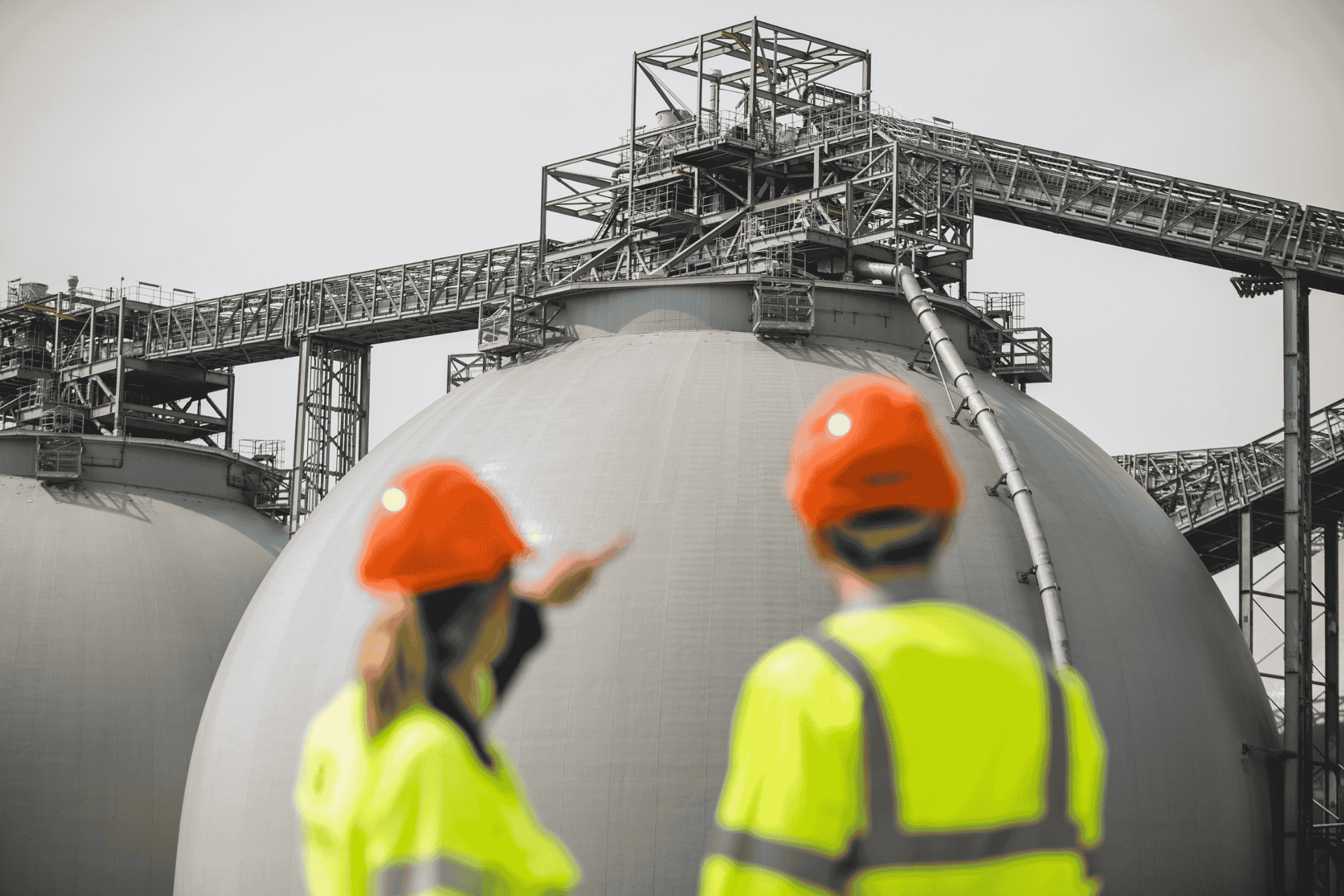The role of sustainable biomass in reaching net zero emissions
To tackle the global climate emergency and achieve net zero by 2050, the world needs to develop and deploy a combination of different technologies and solutions. And there’ll be challenges and opportunities along the way.

The challenges
Limiting global warming to 1.5°C requires fundamental change, right around the world. That means we all – individuals, families, local communities, organisations and entire countries – need to alter how we live and work to preserve the Earth’s resources.
Nationally, one key action involves phasing out the reliance on fossil fuels for energy (and the use of products based upon fossil fuels) and instead using sustainable, renewable alternatives. For example, we need more timber in construction to take the place of cement and steel, and to use bags made from paper rather than plastic. In addition, we must incorporate sustainable, renewable technologies within our power systems so they become the backbone of net zero economies everywhere.
To achieve a paradigm shift in power generation and consumption, we must reduce our reliance on electricity from fossil fuels and maximise renewable electricity production. We also have to invest in energy storage and other technologies. And explore new power sources such as hydrogen while expanding the use of existing renewable sources like sustainable biomass (see ‘The opportunities’ below).
By doing all this, we can balance and stabilise electricity grids while enabling more intermittent renewables, such as wind and solar, to come online.
Alongside efforts to reduce carbon emissions worldwide, we must also start removing carbon from the atmosphere. Negative emissions technologies will be critical in helping to decarbonise harder-to-abate sectors such as agriculture and aviation. Carbon removal solutions can help us meet net zero faster, and even go beyond it, by helping to lower the concentration of carbon dioxide (CO2) in the atmosphere.
The opportunities
Drax Power Station in North Yorkshire has used sustainably sourced biomass – rather than purely coal – for more than 10 years already. And since 2023, it’s used no coal at all after the successful conversion of Drax Power Station to a plant running only on sustainable biomass.
The biomass supply chain associated with the power station, plus the plant itself, support around 6,000 jobs across northern England. Elsewhere in the UK, thousands have become unemployed in recent years as other coal-fired power stations closed down.
Using biomass creates a much bigger opportunity too, bringing benefits to both the environment and the economy. Read on to discover more, or watch our video.
Embedded content: https://vimeo.com/711235508
BECCS benefits
Generating power from biomass (i.e. bioenergy) and combining it with game-changing carbon dioxide removal technology creates BECCS: bioenergy with carbon capture and storage.
BECCS projects are designed to remove more CO2 from the atmosphere than is emitted during the processing and transport of biomass. The captured carbon can be stored underground, safely and securely, for thousands of years – creating what are known as negative emissions.
Companies that can demonstrate carbon removals can issue high quality carbon credits. Organisations that have reduced their environmental impact but still have hard-to-abate emissions can balance them out by purchasing such credits. This will help businesses achieve their net zero goals and support the world in reaching its climate commitments.
BECCS also produces reliable renewable electricity and is the only carbon removals technology that’s scalable, can help keep the lights on, and capture millions of tonnes of carbon dioxide. What’s more, it can be scaled – at speed – to industrial levels capable of serving communities and regions, as well as national grids.


